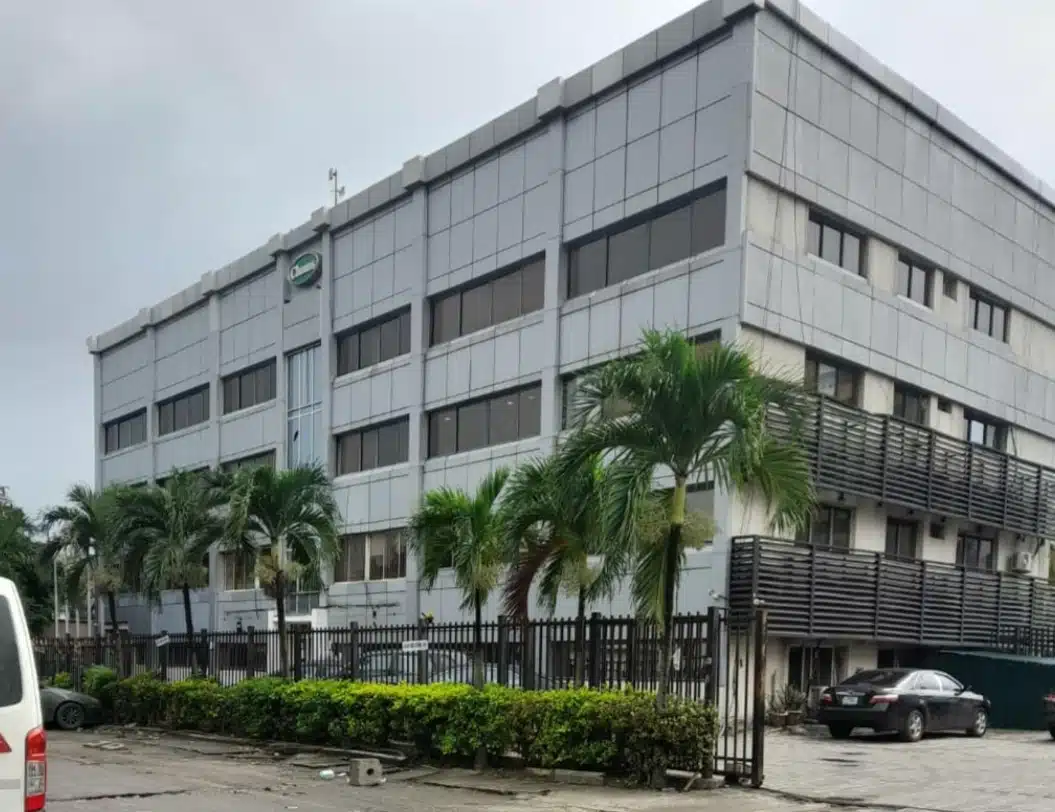The news
- Profit before tax slumped to ₦181.5 million in Q1 2025.
- While revenue is up 11.5% year-on-year to ₦3.87 billion, finance costs have risen nearly tenfold from a year earlier.
- A marginal increase in net profit was supported by a lower tax expense.
Chams Holding Company Plc reported a steep 54% year-on-year drop in profit before tax for the first quarter of 2025, as surging finance costs weighed on its bottom line despite healthy top-line growth.
Pre-tax earnings for the three months ended March 31 fell to ₦181.5 million from ₦396.6 million a year earlier, the Lagos-based tech company said in an unaudited financial statement. Meanwhile, group revenue rose 11.5% to ₦3.87 billion, driven by continued momentum across its digital identity and IT infrastructure segments.
However, the revenue gain was offset by a sharp increase in finance expenses, which ballooned from ₦20.5 million in Q1 2024 to ₦201.9 million in the latest period. The company did not break down the specific drivers, but the surge likely reflects rising borrowing costs or expanded debt servicing obligations.
In 2022, Chams restructured its operations into a holding company with four subsidiaries: ChamsAccess, ChamsSwitch, ChamsMobile, and CardCentre.
The move was aimed at streamlining management and improving capital allocation. While the group structure has helped aggregate earnings from multiple revenue lines, it has also introduced higher overhead and financial complexity that may be diluting margins.
Despite the decline in pre-tax profit, net profit after tax inched up to ₦148.9 million from ₦146.6 million, helped by a significantly reduced tax burden — ₦32.7 million compared to ₦250 million in the previous year.
The company which reported a 218% increase in profit after tax in 2024 saw its basic earnings per share, fall to 3.00 kobo from 8.10 kobo, highlighting the impact on shareholder value.
Chams’ latest results underscore the delicate balance facing Nigeria’s mid-tier ICT firms, many of which are scaling rapidly but also confronting higher capital costs and operational inefficiencies.











